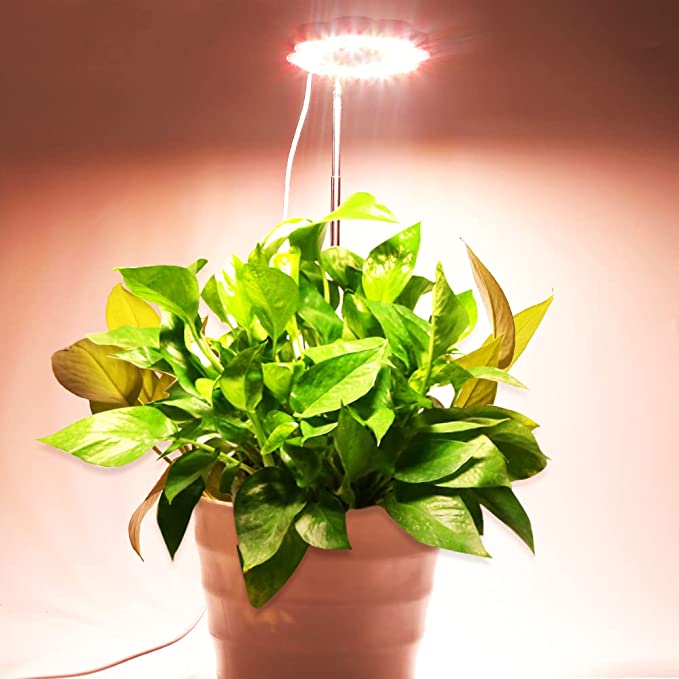As more people embrace indoor gardening, grow lights have become an essential tool for those who want to cultivate plants indoors. Grow lights are artificial light sources designed to stimulate plant growth, providing the necessary light spectrum and intensity to help plants thrive. With grow lights, you can grow plants all year round, regardless of the weather conditions outside. In this article, we will explore the benefits of grow lights for indoor gardening, the different types of grow lights available, and some of the best brands to consider.
Benefits of Grow Lights for Indoor Gardening
Grow lights offer several benefits for indoor gardening enthusiasts. Some of the advantages include:
- Year-Round Gardening: With grow lights, you can grow plants indoors all year round, regardless of the season or weather conditions outside.
- Broader Choice of Plants to Grow Indoors: Some plants are naturally suited to the lighting conditions found indoors but if you want to expand your plant choices you may need the support of grow lights to more closely mimic the lighting conditions preferred by outdoor plants.
- Better Plant Growth: Grow lights are designed to mimic the natural light spectrum that plants require for photosynthesis. By providing plants with the right amount and type of light, they can grow healthier and faster.
- Extended Growing Season: With grow lights, you can extend your growing season and produce more crops.
- Energy Efficiency: Grow lights are designed to be energy-efficient, using less energy compared to traditional lighting fixtures.
- Customizable Light Spectrum: Different plants require different light spectrums at different stages of growth. Grow lights allow you to customize the light spectrum to suit the needs of your plants.
Optimal Lighting Conditions for Growing Plants Indoors
Different types of plants require different light spectrums, so it is important to choose a grow light that can provide the right type of light for each. Some general guidelines for the light spectrum requirements are as follows:
- Seedlings and Vegetative Plants: Seedlings and vegetative plants require a blue light spectrum, which promotes strong root and foliage growth. Blue light has a wavelength of around 400 to 500 nanometers (nm), which is in the cool end of the light spectrum.
- Flowering and Fruit-Producing Plants: Flowering and fruit-producing plants require a red light spectrum, which promotes blooming and fruit production. Red light has a wavelength of around 600 to 700 nm, which is in the warm end of the light spectrum.
- Leafy Greens and Herbs: Leafy greens and herbs require a full-spectrum light that includes blue and red wavelengths, as well as some green and yellow wavelengths. This type of light promotes overall plant growth and helps to enhance the flavor and color of the leaves.
- Succulents and Cacti: Succulents and cacti require a light spectrum that is heavy in blue wavelengths and low in red wavelengths. This type of light promotes compact, sturdy growth and helps to prevent stretching and leaning.
It is important to note that some plants, such as tomatoes and peppers, have different light requirements during different stages of growth. During the vegetative stage, they require a blue light spectrum, while during the flowering and fruiting stage, they require a red light spectrum.
When selecting a grow light, you should ideally look for one that offers a full spectrum of light.
Types of Grow Lights
There are different types of grow lights available in the market. Each type of grow light has its advantages and disadvantages.
LED Grow Lights:
LED (Light Emitting Diode) grow lights are the most popular type of grow lights available today. They are energy-efficient and emit less heat, making them safe to use indoors. LED grow lights also have a long lifespan and can last up to 50,000 hours.
Pros:
- Energy-efficient
- Long lifespan
- Emit less heat
- Customizable light spectrum
Cons:
- Expensive compared to other types of grow lights
Fluorescent Grow Lights:
Fluorescent grow lights are another popular type of grow light. They are affordable and emit less heat, making them safe to use indoors. However, they are not as energy-efficient as LED grow lights and have a shorter lifespan.
Pros:
- Affordable
- Emit less heat
- Suitable for seedlings and small plants
Cons:
- Not as energy-efficient as LED grow lights
- Shorter lifespan compared to LED grow lights
HID Grow Lights:
HID (High-Intensity Discharge) grow lights are powerful and emit a lot of heat. They are suitable for larger indoor gardening setups and produce high-quality yields. However, they are not energy-efficient and can be expensive to operate.
Pros:
- Suitable for larger indoor gardening setups
- High-quality yields
Cons:
- Expensive to operate
- Emit a lot of heat
Best Brands of Grow Lights
As indoor gardening continues to grow in popularity, there are a multitude of grow lights available on the market, each with their own unique features and benefits. To help you find the best grow light for your specific needs, we have reviewed some of the top grow lights of 2023 in a variety of categories based on popular uses.
Best Overall Grow Light: Spider Farmer SF-4000 LED Grow Light
The Spider Farmer SF-4000 LED Grow Light is our top pick for the best overall grow light of 2023. It provides full-spectrum lighting, including blue, red, and white wavelengths, and is adjustable to meet the needs of different plants at various stages of growth. The SF-4000 has a high PAR output, which means it delivers the optimal amount of light energy to your plants, resulting in faster growth and higher yields. It is also energy-efficient and has a long lifespan, making it a cost-effective choice in the long run.
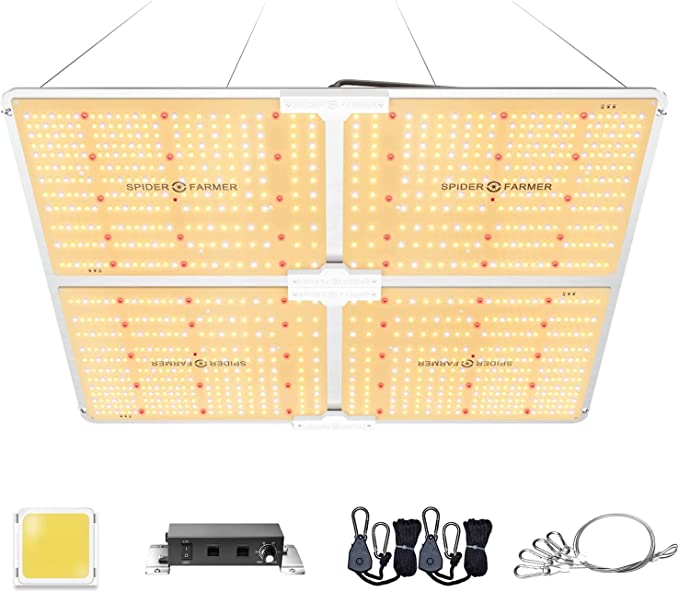
SPIDER FARMER SF-4000 LED Grow Light
Best Budget Grow Light: Roleadro LED Grow Light
For those on a budget, the Roleadro LED Grow Light is an excellent option. Despite its affordable price, it provides full-spectrum lighting and has a high PAR output, making it ideal for a variety of plants. It also has a quiet fan to prevent overheating.
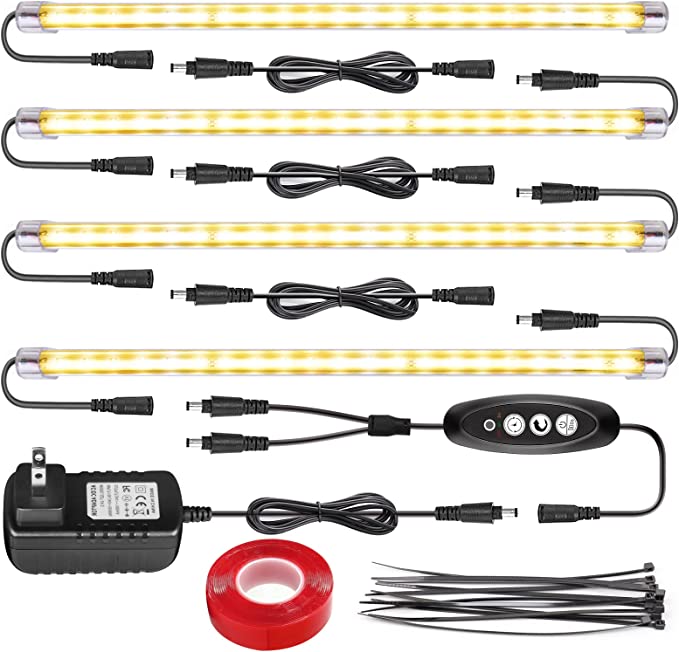
Roleadro Full Spectrum Grow Light
Best Hanging Grow Light: VIPARSPECTRA 2023 Pro Series P2000 LED Grow Light
The VIPARSPECTRA 2023 Pro Series P2000 LED Grow Light is an excellent choice for those who prefer hanging grow lights. It provides full-spectrum lighting and has a high PAR output, making it suitable for a variety of plants. The P2000 is also energy-efficient and has a quiet fan to prevent overheating. Its compact design allows for easy installation and the ability to adjust the height as needed.
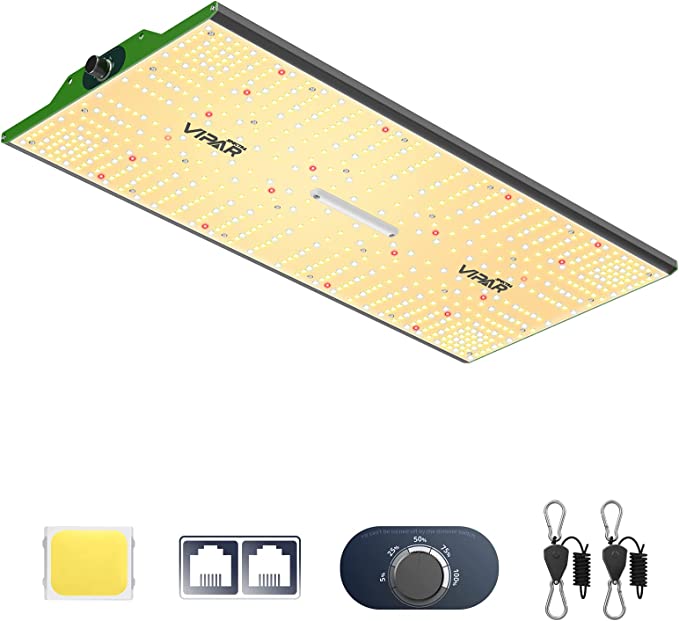
VIPARSPECTRA P2000 Led Full Spectrum Grow Lights
Best Bulb Grow Light: GE BR30 LED Grow Light Bulb
For those looking for a bulb grow light, the GE BR30 LED Grow Light Bulb is a top choice. It provides a full-spectrum of lighting, including blue and red wavelengths, and is compatible with standard light fixtures. The GE BR30 is also energy-efficient and has a long lifespan, making it a cost-effective choice in the long run.
Best Fixed Grow Light: MARS HYDRO TS 1000 LED Grow Light
The MARS HYDRO TS 1000 LED Grow Light is an excellent choice for those who prefer fixed grow lights. It provides full-spectrum lighting, including blue, red, and white wavelengths, and has a high PAR output. The TS 1000 is also energy-efficient and has a quiet fan to prevent overheating. Its compact design makes it easy to install and its adjustable hangers allow for flexibility in positioning.
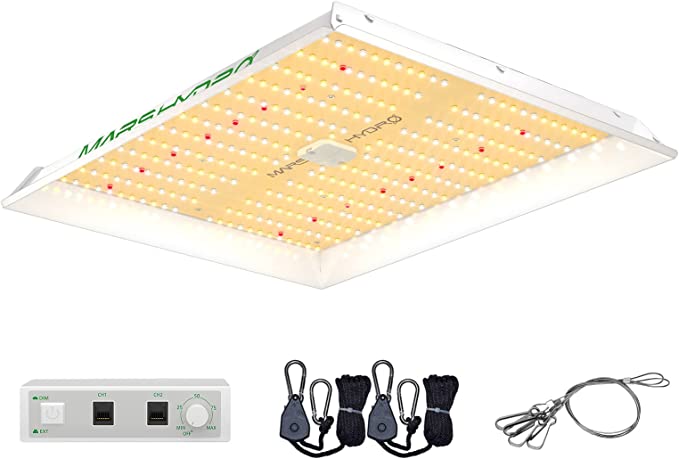
Mars Hydro TS 1000 LED Grow Light
FAQs
Can I use any type of grow light for indoor gardening?
No, it is important to choose the right type of grow light for your indoor gardening needs. or choose one that can be customized to provide the appropriate spectrum for the plants you are growing. By providing your plants with the right spectrum of light, you can help them grow strong, healthy, and productive.
How long should I leave my grow lights on?
This depends on the type of plants you are growing and the stage of growth they are in. As a general rule, most plants require around 12-16 hours of light per day. However, some plants may require more or less light depending on their needs.
How close should I place my grow lights to my plants?
This also depends on the type of grow light you are using and the type of plants you are growing. As a general rule, LED grow lights can be placed closer to plants than HID grow lights, which produce more heat. It is important to follow the manufacturer’s guidelines for recommended distance.
Are grow lights expensive to operate?
This depends on the type of grow light you are using and how long you run them for. LED grow lights are generally more energy-efficient and cost less to operate compared to HID grow lights. However, they can be more expensive to purchase upfront.
Can grow lights be harmful to my plants?
Yes, if used incorrectly, grow lights can be harmful to your plants. Too much light or heat can damage your plants, so it is important to follow the manufacturer’s guidelines and monitor your plants regularly.
Grow lights are an excellent tool for indoor gardening enthusiasts who want to cultivate plants all year round. They offer several benefits, including year-round gardening, better plant growth, and energy efficiency. When choosing a grow light, it is important to consider the type of plants you are growing and their specific light requirements. LED grow lights are the most popular type of grow light available today, offering energy efficiency, a long lifespan, and a customizable light spectrum. However, they can be more expensive compared to other types of grow lights. Overall, grow lights are a worthwhile investment for indoor gardeners looking to take their gardening game to the next level.

